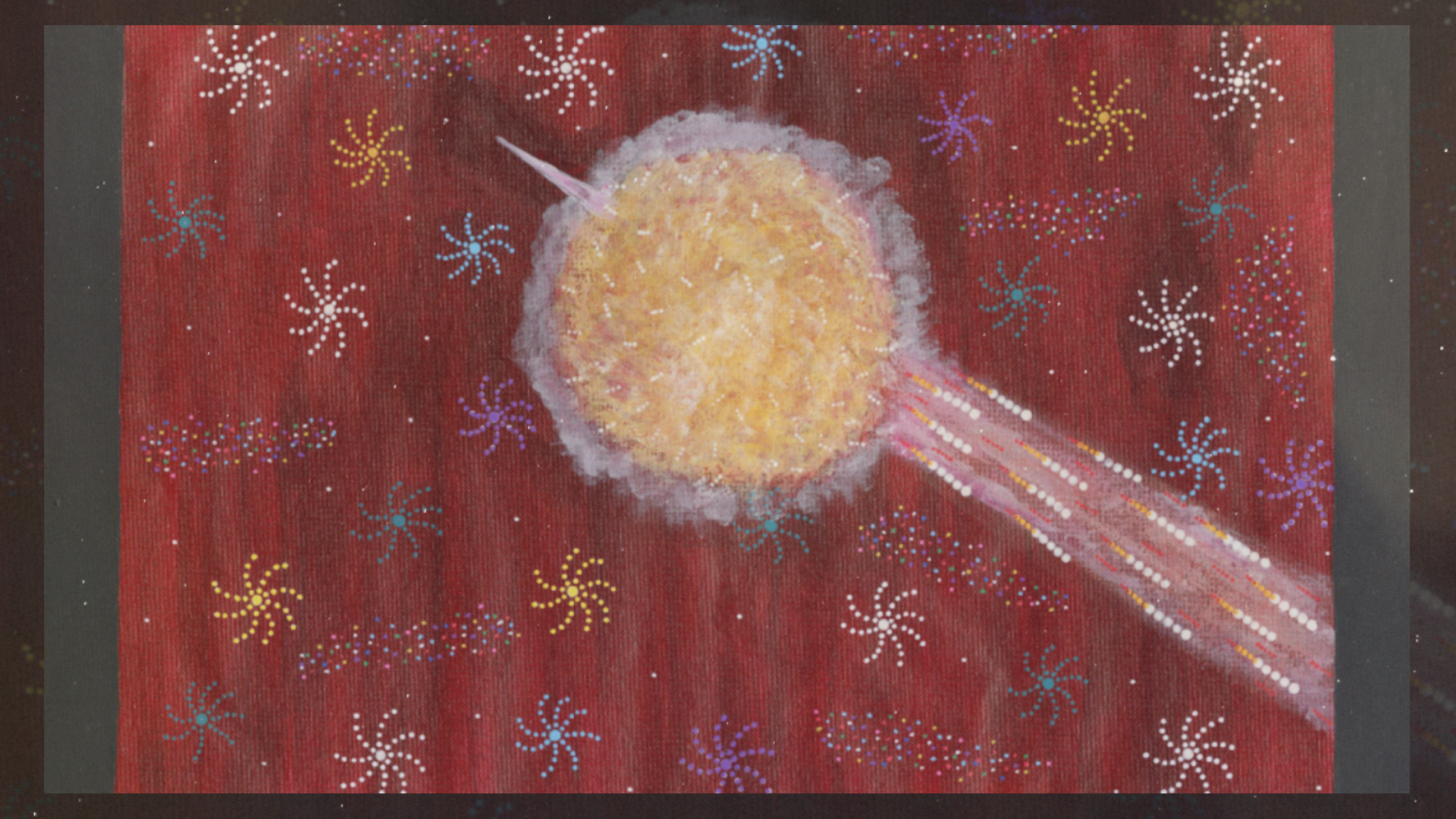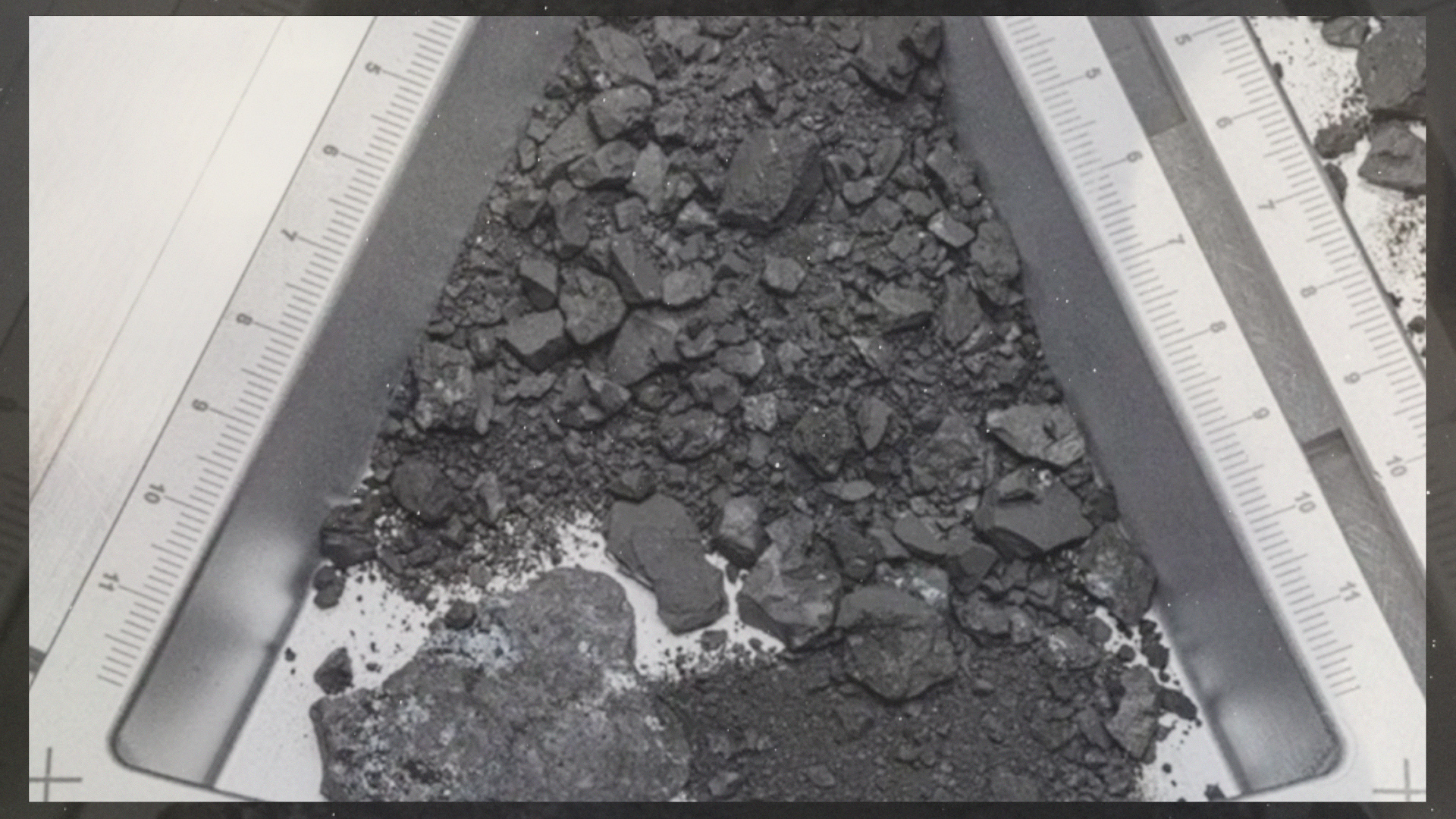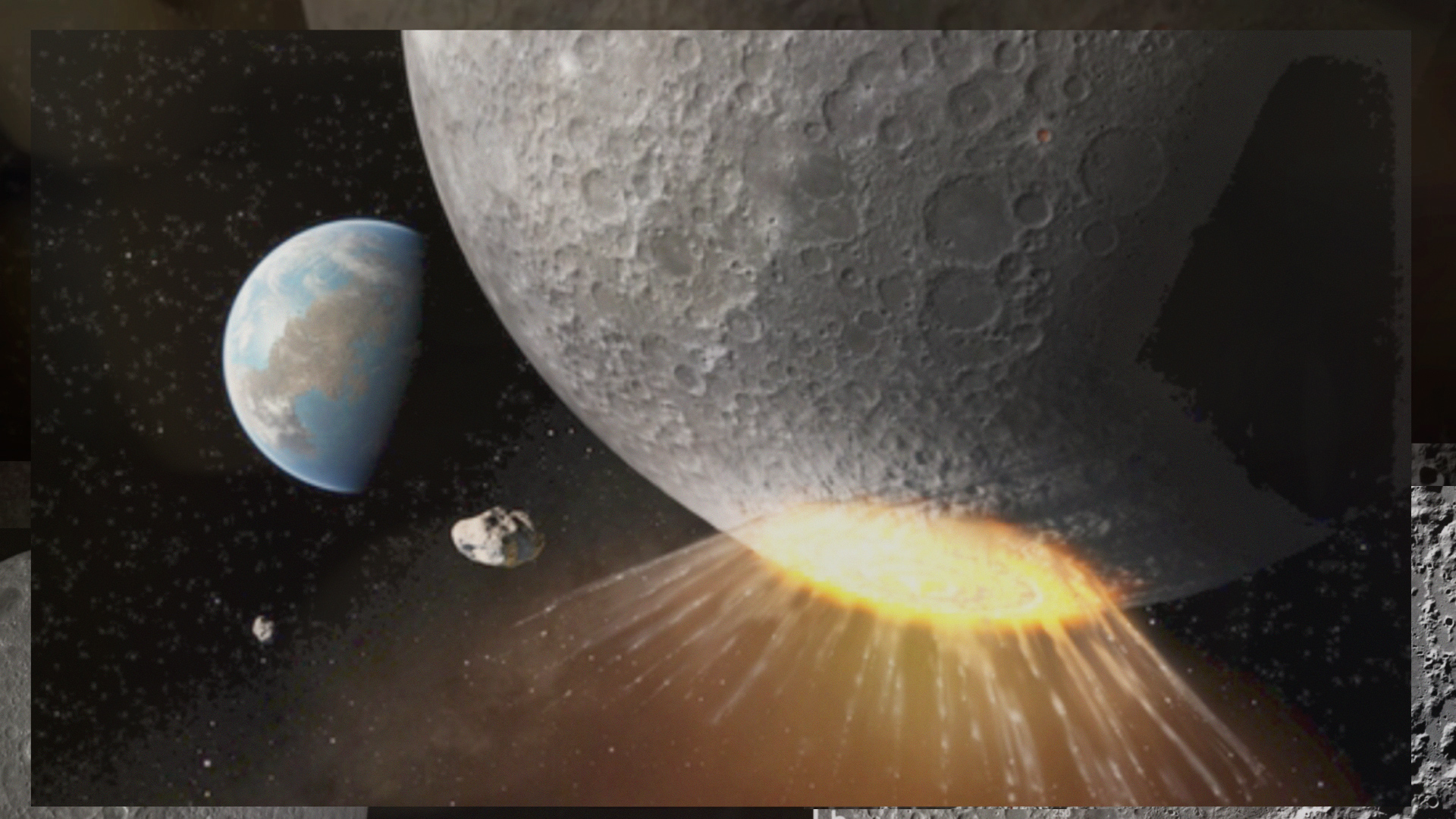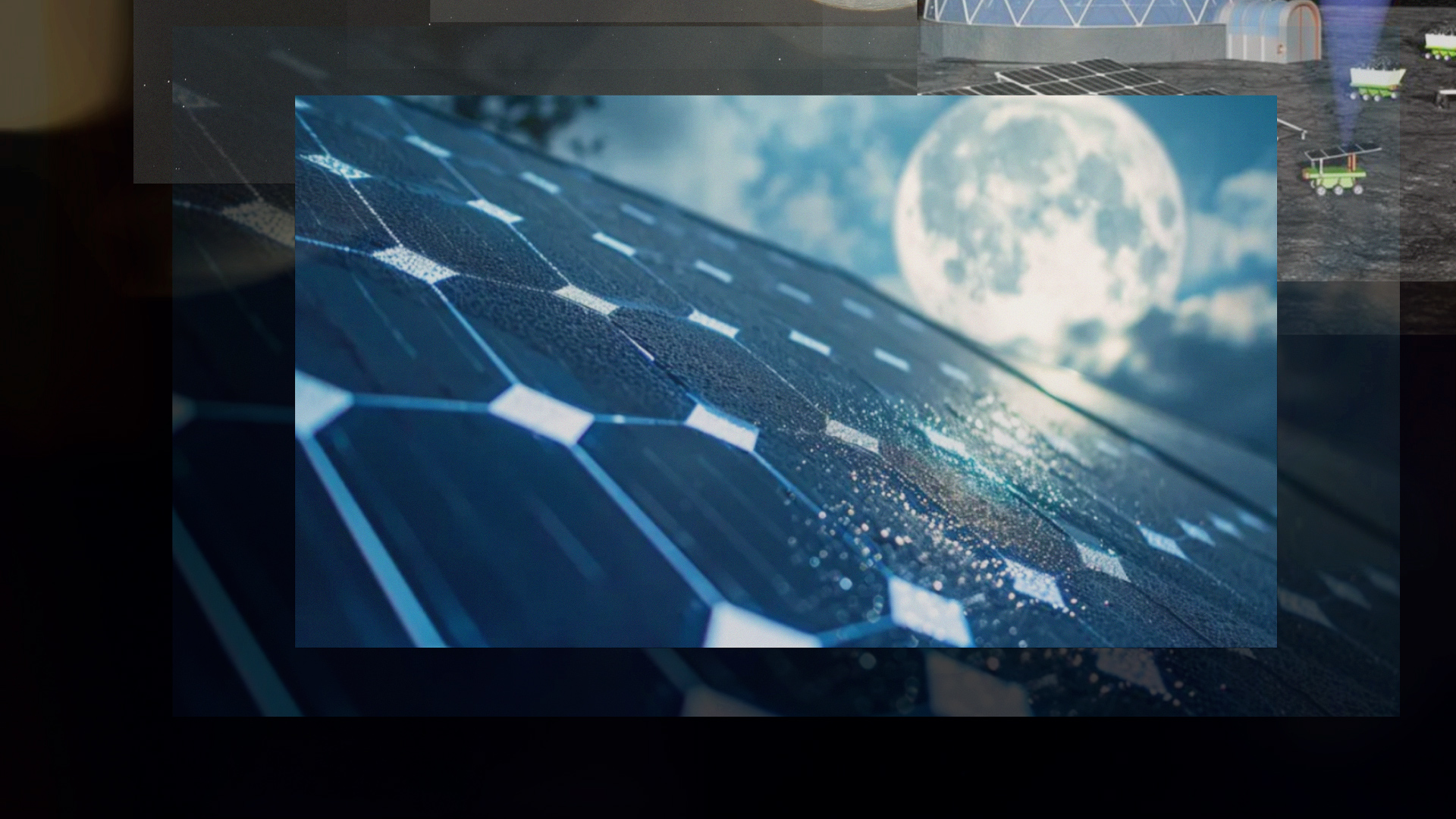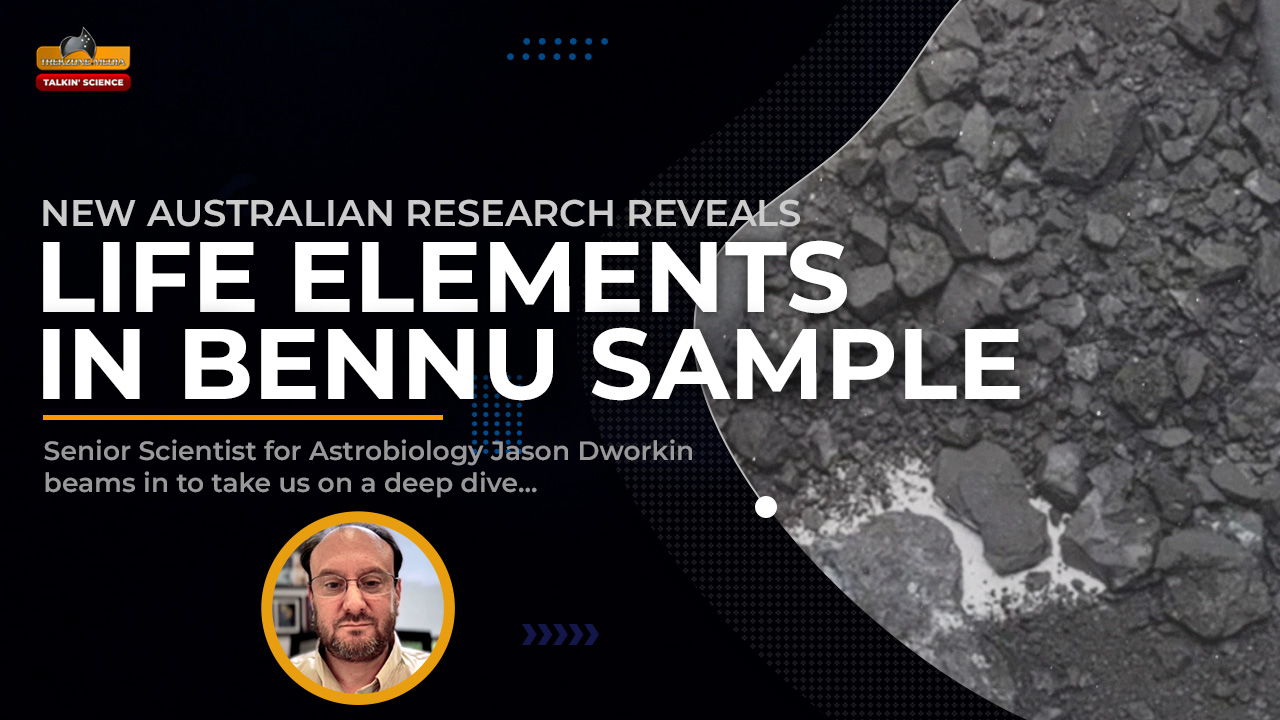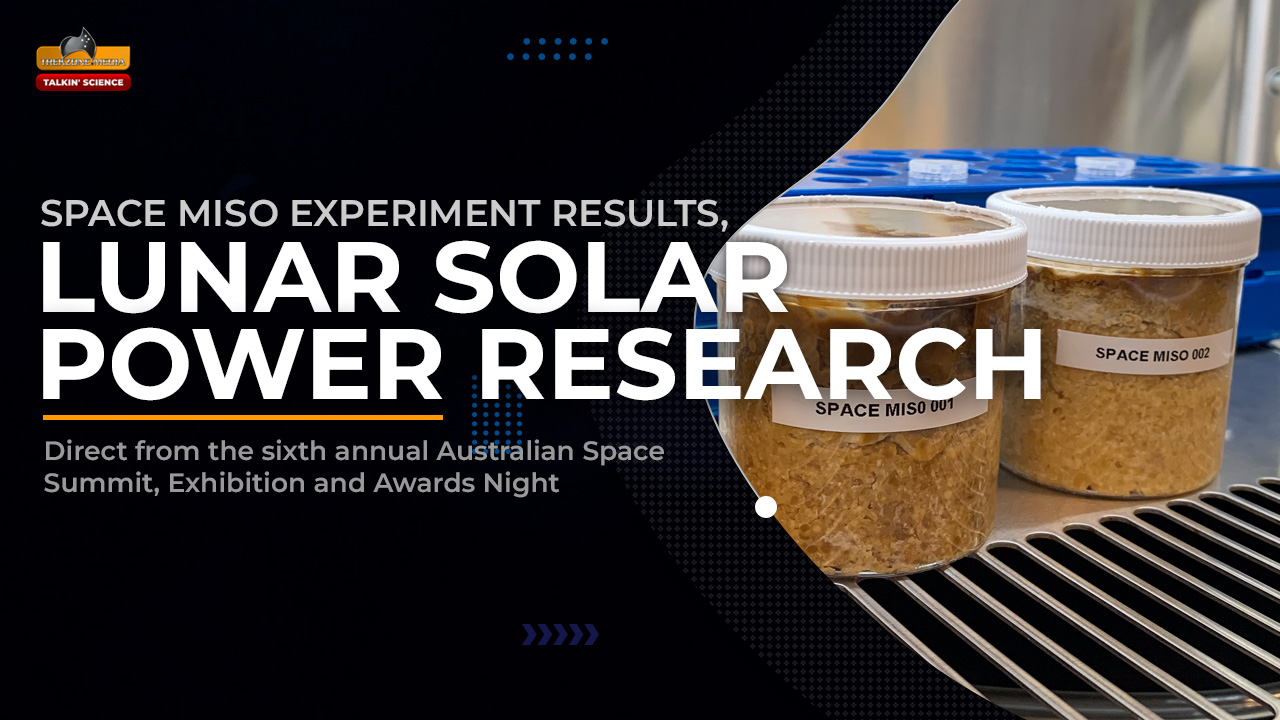
Making Metal on Mars; Artemis III Landing Sites and More Talkin’ Science
As scientists use a new supercomputer to detail a supernovae remnant, researchers think they’ve cracked the way to make Iron on Mars and NASA announces landing site candidates for the

















